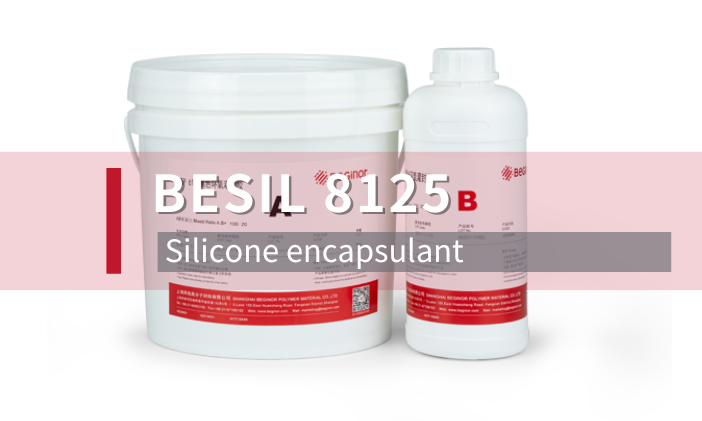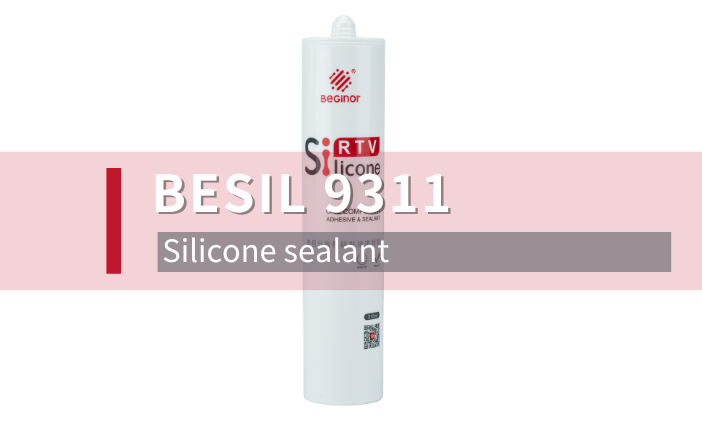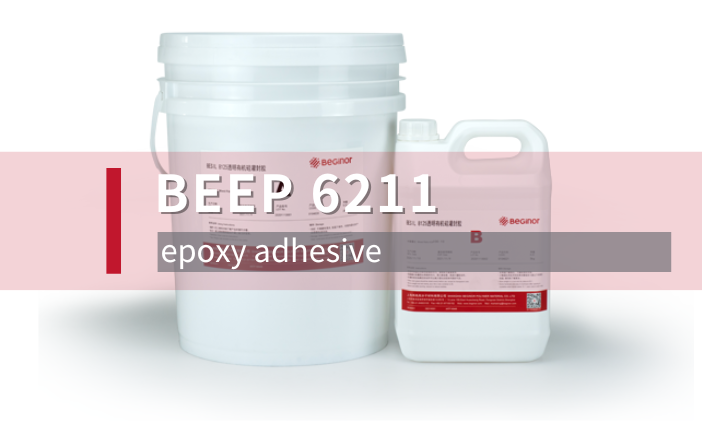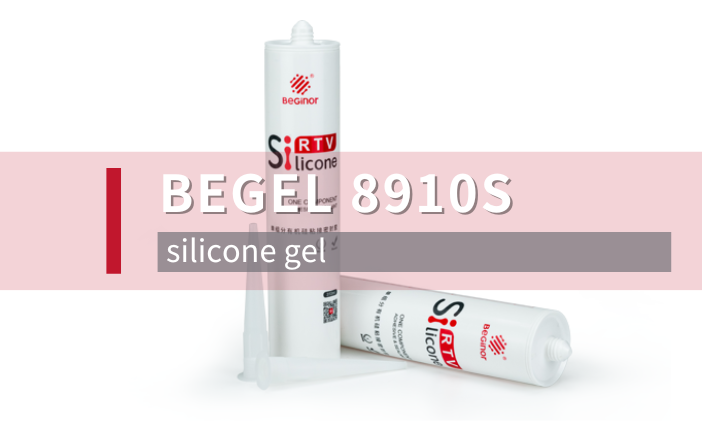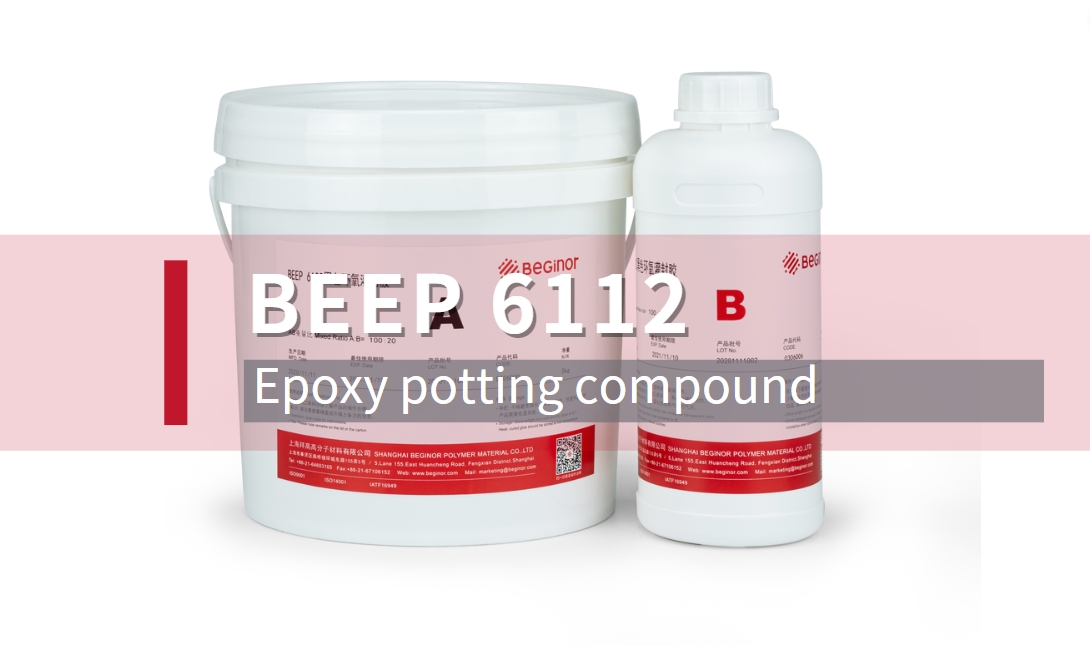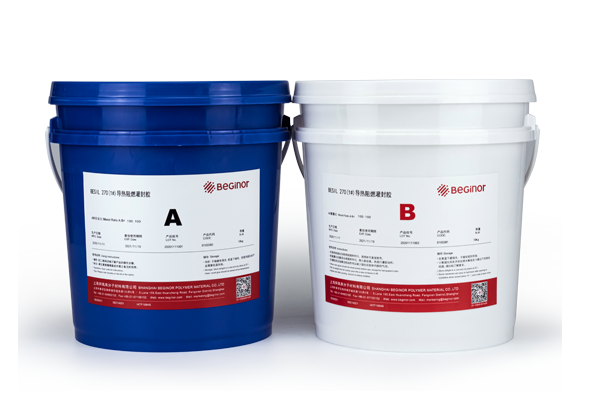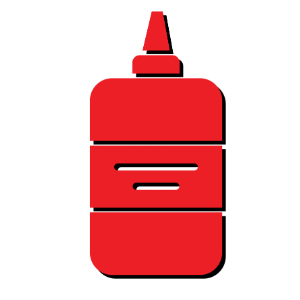A microwave oven is a device that uses microwaves to heat food by generating frictional heat between molecules. The furnace chamber of the microwave oven comprises the body and the plate, because the body and the plate are fixedly connected together by electric welding or riveting, there is usually a gap between the body and the plate, and this gap can cause undesirable phenomena such as water leakage or water seepage in the furnace chamber. In order to solve the occurrence of this undesirable phenomenon, the following solutions are generally adopted: the sealant is used in the gap in the cavity to realize the complete sealing of the furnace chamber liner, so that the undesirable phenomena such as water leakage or water seepage in the furnace chamber can occur

This solution has the following advantages:
1. Save costs
2. The sealing effect is excellent, and there will be no water leakage and water seepage
3. Ensure that the furnace cavity is neat and clean
Microwave oven chamber sealing also has certain requirements for adhesives:
1. Single-component, fast curing speed, simple operation process;
2. No corrosion of most metal and electrical components;
3. It has good adhesion and good ductility to the surface of most materials; In particular, the adhesion to the surface of lime, white cement and other materials is superior to other types of silicone rubber
4. It has good weather resistance, and has a certain ability to resist acid, alkali, salt and lubricating oil corrosion
5. Good high temperature resistance and good protection for electronic components.
6. It should be flame retardant to prevent the components from burning under long-term high temperature conditions.
7. Anti-microwave, can maintain performance in microwave environment for a long time.
8. Safety and environmental protection
Typical product recommendations
In light of these requirements, Beginor Material recommends BESIL 9446 one-component addition-curing silicone adhesive, which is designed to provide long-term thermally stable bonding to a wide range of metal, glass, plastic, and ceramic substrates, and is used for bonding plastic shells and aluminum sheets in automotive electronics, sealing steam chambers and bottom plates in electric irons, bonding the chassis of kettles, laminating heating elements, and fixing wafers. It has the following features:
1. One-component semi-flowing, rapid heating and solidification
2. Black silicone elastomer adhesive
3. Bonding more substrates, such as stainless steel, glass, ceramics, etc., can be done without primer
4. Excellent flexibility and tear resistance
5. Additive curing system: no curing by-products
6. Obtained FDA food certification and passed ROHS\REACH certification
7. Maintain elasticity and stability in the temperature range of -60°C~+280°C
Notes:
In order to achieve the best bonding results, all surfaces must be cleaned and degreased with suitable solvents, which can be cleaned and degreased with naphtha, methyl ethyl ketone (MEK), alcohol, BESIL CLEANER 20, etc., and ensure that all solvents are volatilized.
In general, it is also possible to bond surfaces that have not been treated with solvents, but the result will depend on the degree of contamination of the surface of the substrate and the nature of the substrate.
For materials that are more difficult to bond, such as epoxy powder parts, they can be treated with Bayco's proprietary primers PM1268 or PM 1266, and the surface can be applied after it has largely dried



